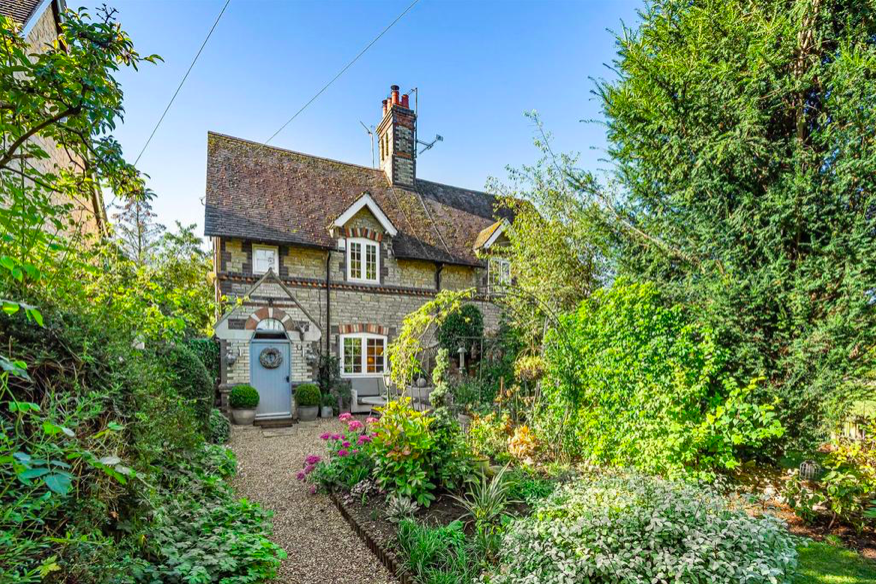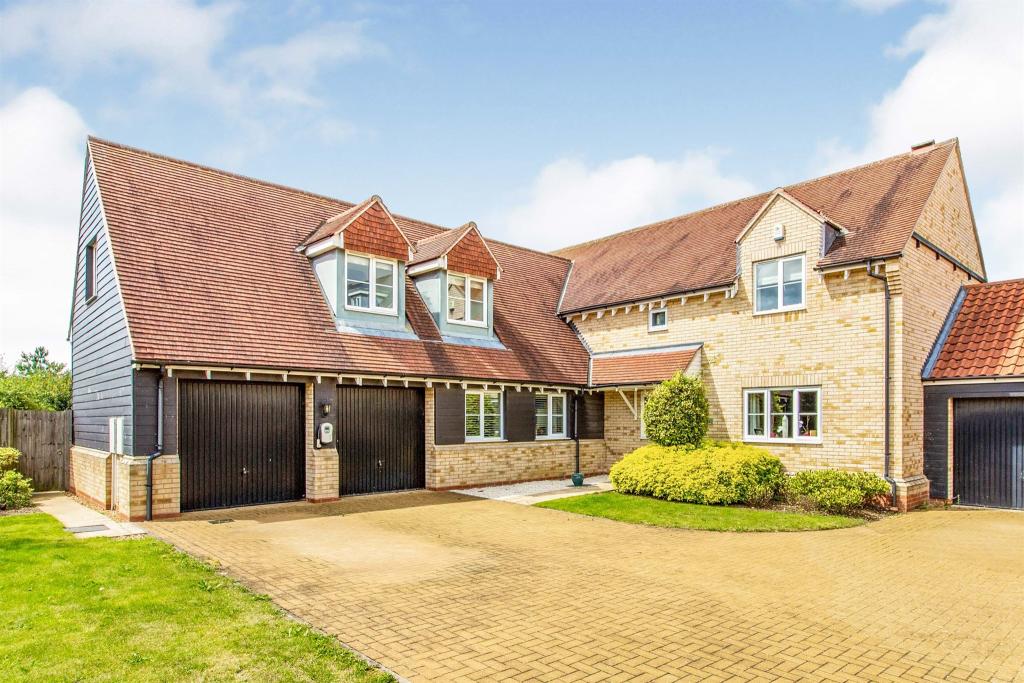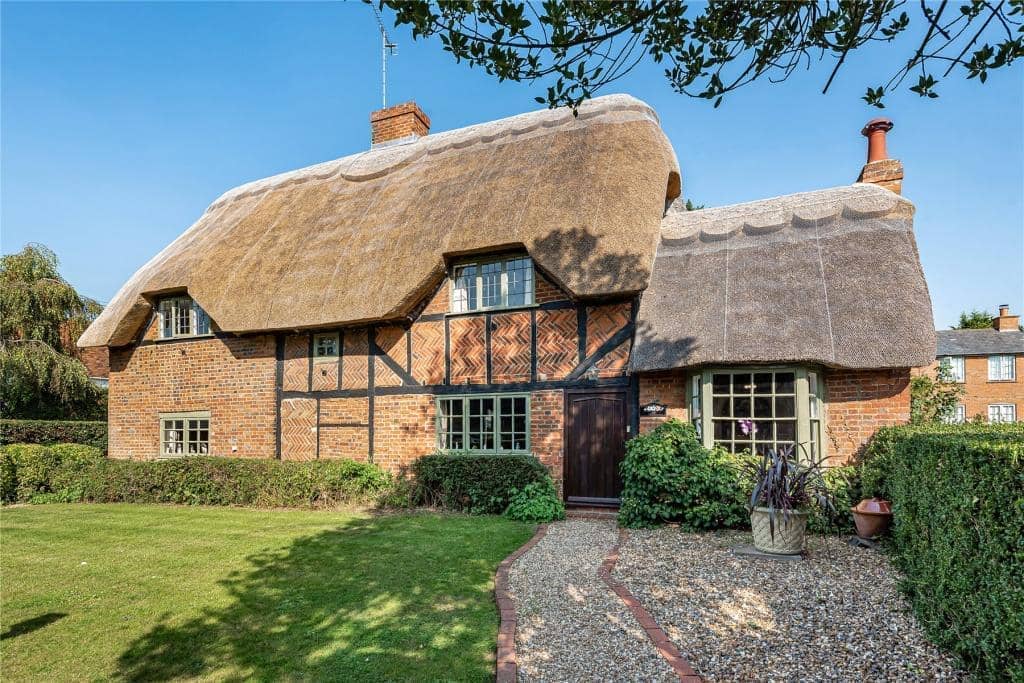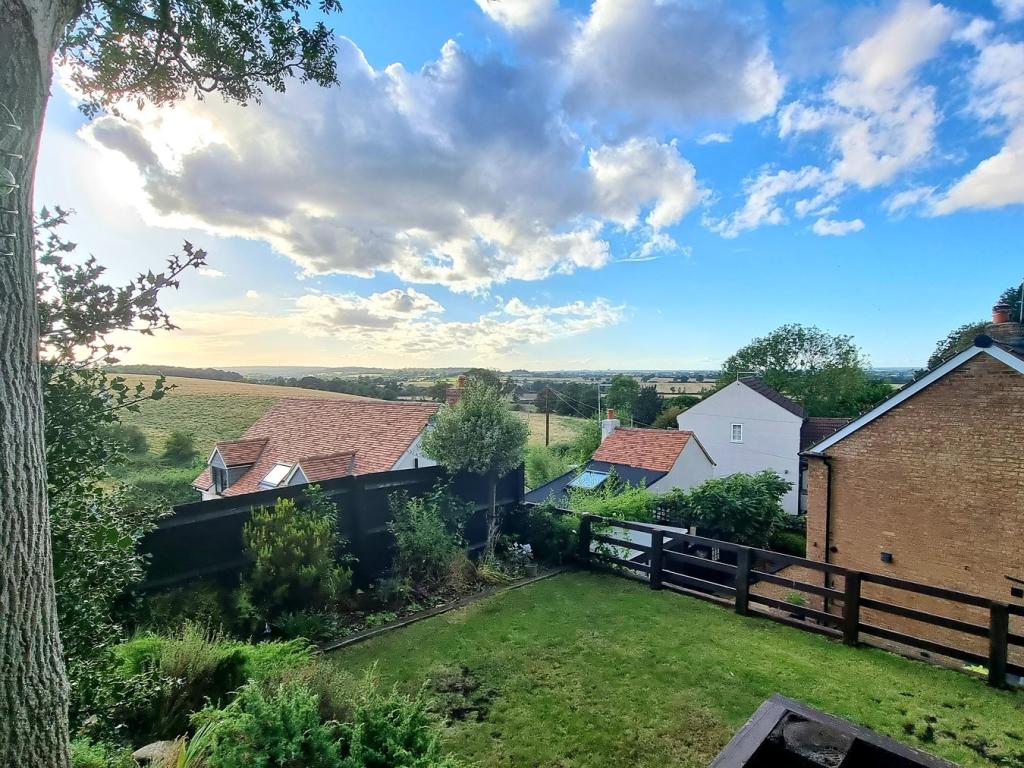Year after year, Oxford and Cambridge vie with other world universities for coveted top dog status. Unsurprisingly for such a concentration of brainpower, science and tech industries have blossomed in both cities over the past two decades, bringing with them an influx of young professionals on the look out for houses. Both are within an hour of London with good links of their own into the capital. What has been missing, however, is a strong transport link between the two. As anyone who has done battle with the M25 or, worse, the maze of roundabouts surrounding Milton Keynes, will tell you, travelling between Oxford and Cambridge is far from straightforward, even by road.
Many businesses based in one of the two cities will likely be complimentary, if not collaborative – but if you want to talk privately and don’t like zoom, just try typing Oxford and Cambridge into Trainline. It’ll take you not far short of three hours to get from one to the other and the best route still involves heading through the middle of London. Driving it won’t take much less – it’s across everything, including four motorways. The planned expressway road between the two cities was shelved by the government earlier this year in favour of the £5 billion investment in a train line. The first stage – planned for 2025 – will connect Oxford and Milton Keynes, with a line to Cambridge to follow.
There has been a 300 per cent house price uplift in both cities this century, with a more or less identical average price of £460k – only just shy of London’s. But what of the places in between? The new train line will connect a host of towns and villages to two of the most attractive cities outside London.
Both cities are allowing limited housing development, so the changing demographic is being accommodated elsewhere. The obvious centres of Milton Keynes and Bedford have seen similar rises in house prices, although the average property value is far lower at under £300k. For a more rural feel, Cambourne, Ridgmont and Winslow will all have stops along the new line and will suddenly find themselves within easy commuting distance of both cities.
Cambourne was built from scratch in the 80s, amalgamating three villages into one town – it’s big on amenities but may lack the historic character that some might be looking for. Ridgmont is a stone’s throw away from Woburn Abbey and the Safari Park, although the M1 is perhaps a little too close for comfort to buy in the village itself. Woburn and Pavenham score highly on village charm whilst only being a stone’s throw from the proposed station in Ridgmont. Winslow is a pretty market town within touching distance of larger Buckingham, and Aylesbury which boasts both grammar schools and a one hour train link into London. Mursley has a strong village community and lies east of Winslow. It is in the catchment area for the nearby grammar schools and, whilst within easy reach of Milton Keynes, retains a rural feel.
For those looking for property outside of the city that will gain value in the long-term, buying between Oxford and Cambridge could be a shrewd choice. For the price of a small one or two bed flat in either city you could have a quiet house and benefit from an infrastructure spend that will, inevitably, bring more residents. The biggest dividend is likely to be seen in the villages which have proposed stations coming to them. Whether that rural idyll will be spoiled by the influx remains to be seen.
Properties on the market now
A 2-bed period cottage in Lecklade, £525,000

A 5-bed detached house in Great Cambourne, £775,000

A 4-bed thatched home in Mursley, Buckinghamshire, £1,250,000

A 3-bed home with countryside views, a stone’s throw from Ridgmont station, £500,000

A 5-bed detached house in Winslow, £500,000







Comments